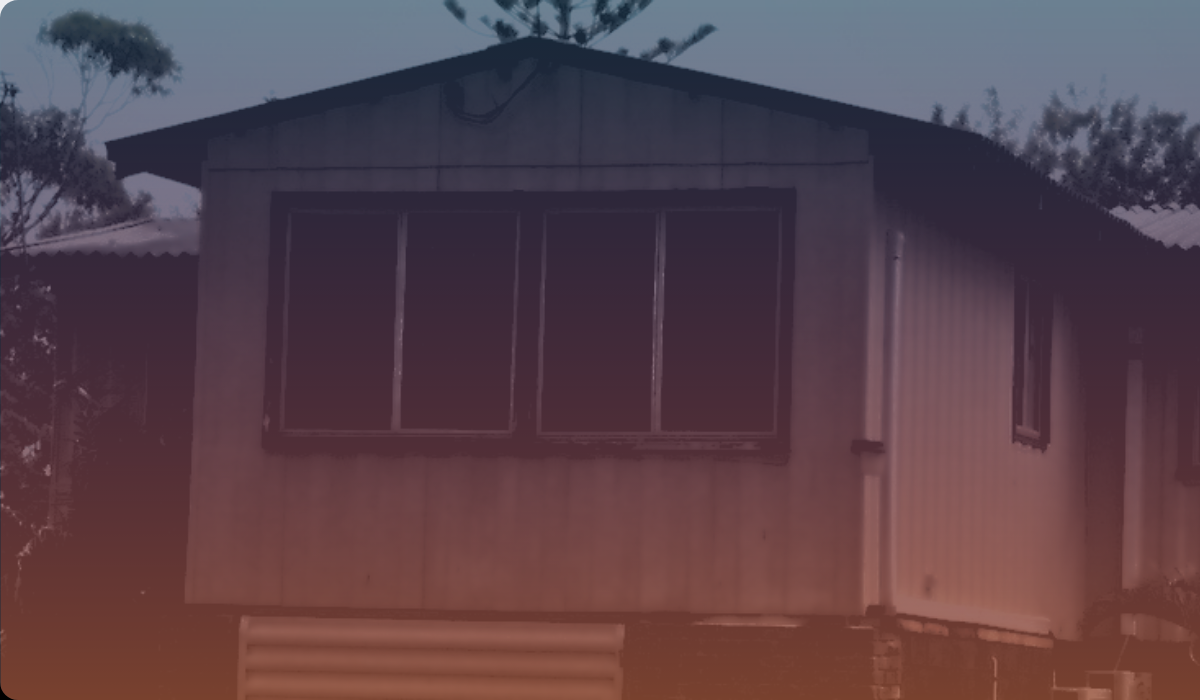Accurately and consistently identifying the presence, location and condition of asbestos containing materials is essential in ensuring that effective actions can be taken to prevent exposure to airborne asbestos fibres.
What is an asbestos survey?
An asbestos survey – also known as an asbestos assessment, asbestos inspection or audit – is a process involving a visual inspection of a building, structure or piece of equipment, as well as sampling and testing of materials to identify the presence of asbestos.
The purpose of an asbestos survey is to:
- provide accurate information on the location, type and condition of asbestos materials
- assess the risk of asbestos materials releasing asbestos fibres and whether remedial action is required
- assist in meeting legal requirements including the need for asbestos registers and asbestos management plans
- identify all asbestos materials that must be removed before demolition or refurbishment work begins.
Conducting an asbestos survey is a specialised task that requires training and experience.
National Guide for Asbestos Surveys
The National Guide for Asbestos Surveys was developed to provide a robust and standardised process for conducting asbestos surveys in buildings and structures across Australia, so that effective actions can be taken to prevent exposure to airborne asbestos fibres.
This guide describes the steps that asbestos surveyors should follow in identifying and recording the presence and location of asbestos containing materials and assessing the risk of these materials releasing asbestos fibres into the air.
It also provides guidance for those who commission asbestos surveys (property owners or managers) on how to prepare for a survey and how to use the information from this process to manage asbestos exposure risks.
Adopting the National Guide for Asbestos Surveys is not mandatory but is recommended to promote consistency and best practice in conducting asbestos surveys.
Asbestos Containing Material (ACM) Risk Calculator
The National Guide for Asbestos Surveys adopts the ACM risk assessment model developed by the Victorian Asbestos Eradication Agency (VAEA). The VAEA also developed an online calculator to automate and simplify the risk assessment process.
The ACM risk calculator uses standardised terminology, removes subjectivity from the risk assessment and provides consistent, evidence-based results to inform asbestos management and removal plans.
The calculator assesses risk based on 4 factors – ACM condition, ACM friability, ACM disturbance potential, and building rating – to produce a risk level: high, medium, low. Each level comes with recommended actions.
Surveyors can upload data (for example, from a register or spreadsheet) and quickly receive risk ratings for each material.
Arranging a residential asbestos survey
This fact sheet provides additional guidance for homeowners on arranging an asbestos survey for residential properties. An asbestos survey should always be carried out before starting any renovation.


